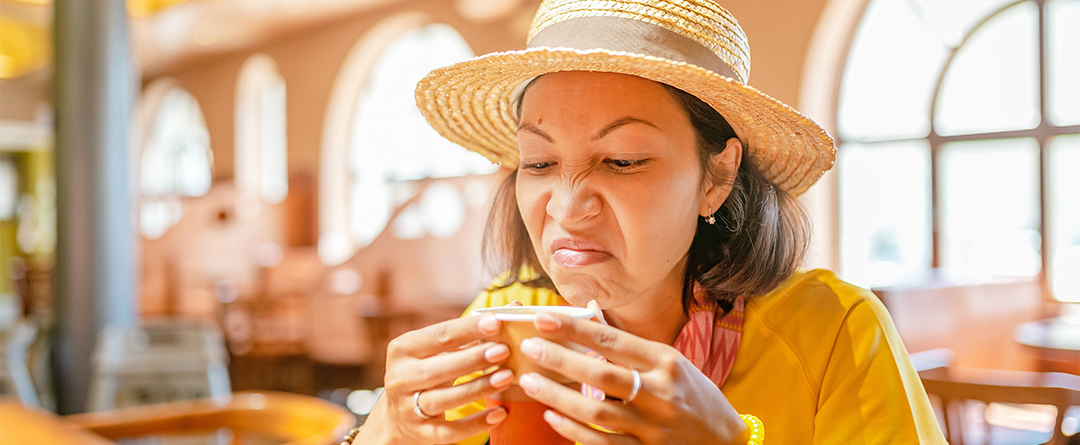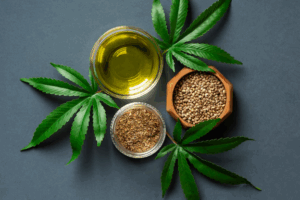Trainwreck Kratom: What It Is & Why People Love It
If you’ve explored the world of kratom, you’ve probably come across Trainwreck Kratom — a name that’s bold, a little mysterious, and often mentioned by
Due to holiday carrier volume, some orders may be delayed.

Let’s be honest, Kratom doesn’t taste like sugar plums or cherry pie. I personally don’t mind the earthy, sharp taste, but many people have trouble stomaching the bitter botanical. Kratom was first consumed centuries ago by southeast Asian laborers who were known to chew on the leaves to keep themselves energized and capable of continuing with backbreaking work. We should thank the memory of these overworked laborers who discovered the mystical properties of our favorite botanical. But, considering we have 21st-century luxuries, we don’t need to harden our taste buds to consume it.
A lot of effort goes into making our leafy friend go down easy. Whether it’s encapsulated in pill form or a steeping hot tea. Here are some tips on how to cut through the bitterness and enhance your experience.
Not long after Kratom was discovered in Southeast Asia, it found its place as a traditional household wellness botanical. Little written history about the plant exists today, which leads researchers to believe that it was used in the rural villages of the subsistence workers and Southeast Asia farmers, not by the upper classes or ruling elite. While the laboring men were chewing the bitter plant to get them through their rough days, the women were home steeping the leaves in their teas.
Today, consuming Kratom in Tea form remains one of the most popular ways to destroy the plant. It’s easy to brew Kratom Tea from the comfort of your home, and the tasty additives are endless.
So, let’s talk about preparation!
You’ll want to choose your favorite strain of Kratom to start. This is entirely dependent on your individual journey and the results you’re looking for. While Kratom strains may vary in effects, the plant consistently tastes the same.
Once you’ve chosen a strain, you’ll want to portion out the powder intended for your tea. The recommended dosage for one to two cups of tea is 1-2 grams of Kratom.
Next, you’ll want to steep your Kratom leaves. You’ll handle this process just as you’d take any loose leaf tea. Once you’ve gathered your dose, you can then fill the leaves in either fillable tea bags, a mesh strainer, or a cheesecloth. Once you’ve done this, it’s recommended that you place the portion in simmering hot water, as boiling water can affect Kratom’s natural alkaloid content. Adding lemon to the brew is also a sure-fire way to enhance the alkaloid content and enhance the tea’s flavor. The longer you steep your tea, the stronger and more potent it will be.
Now that your tea is piping hot, it’s ready for some fun flavor additives!
Lemon and Honey are a classic flavor combination. The acidity of the lemon not only cuts through the bitterness, but it also enhances the alkaloid content of the Kratom. And honey coats and sweetens the distinctly earthy taste.
If Kratom tea doesn’t strike the right cord, perhaps you need to step it up a notch. The smooth, bold taste of chocolate is the perfect pairing for bitter, earthy Kratom.
If you’re aiming for efficiency, look no further than the Kratom Capsule. Capsules are tasteless and pre-portioned.
If you’ve explored the world of kratom, you’ve probably come across Trainwreck Kratom — a name that’s bold, a little mysterious, and often mentioned by

What Is Kratom Seltzer? Everything You Need to Know Move over, hard seltzers — a new kind of botanical brew is making waves. Kratom seltzer

Top 7 Kratom Capsules That Work (And Where to Get Them) With the growing number of kratom brands entering the market, finding quality capsules you
Why Red Maeng Da Kratom Is the #1 Choice for Daily Buyers In the world of kratom, Red Maeng Da is one of the most

Plants like Kratom and CBD have received significant attention in recent years for their potential to improve overall wellness. As these two substances continue to